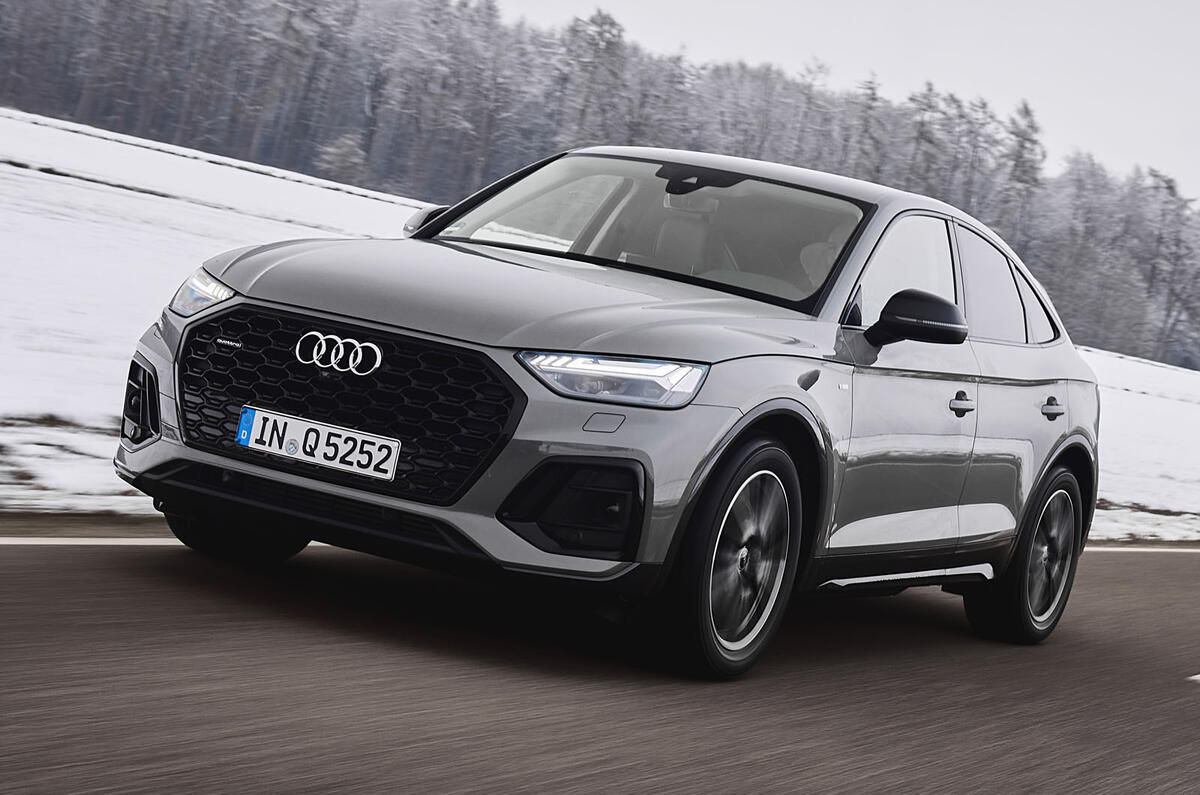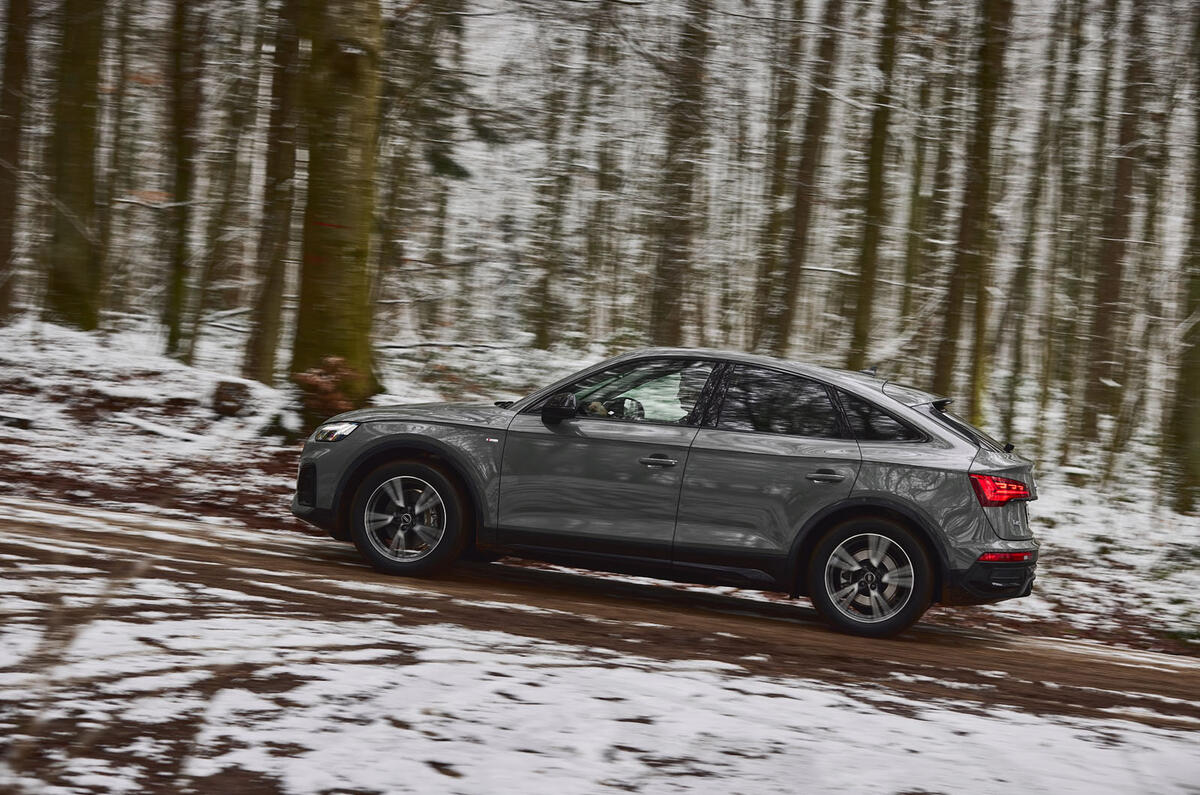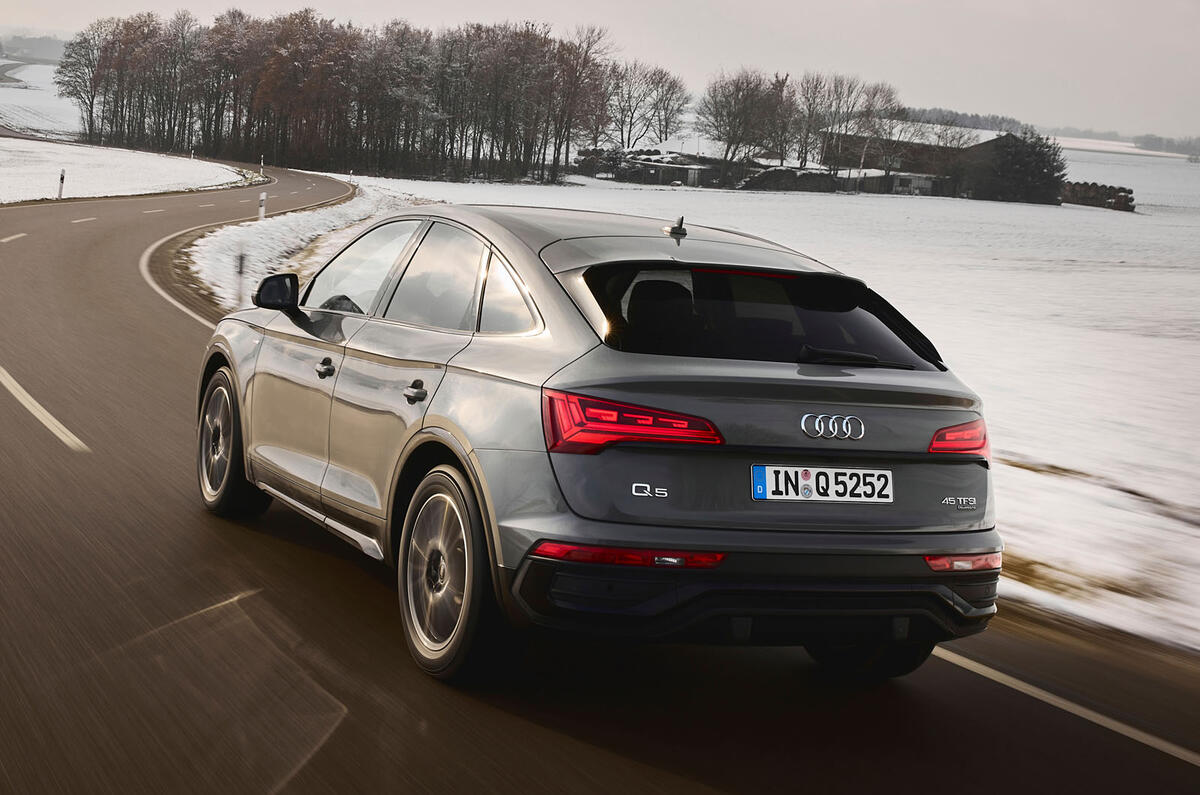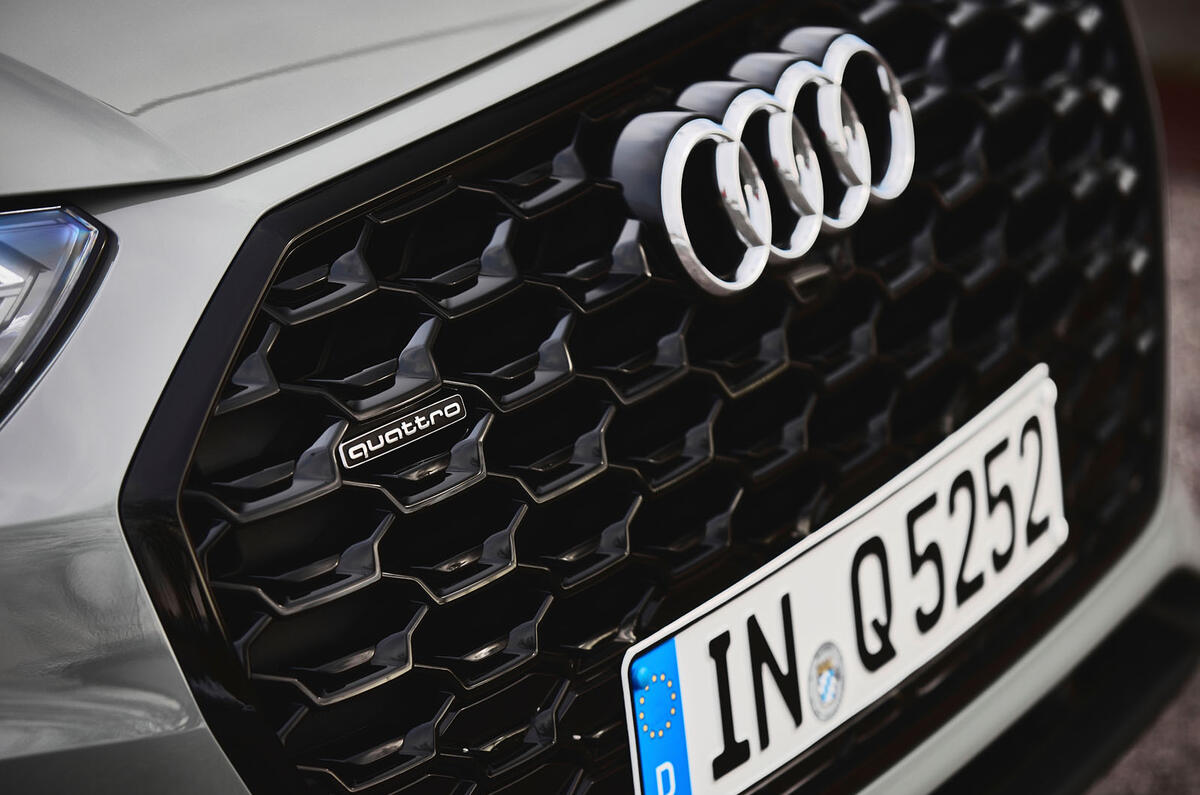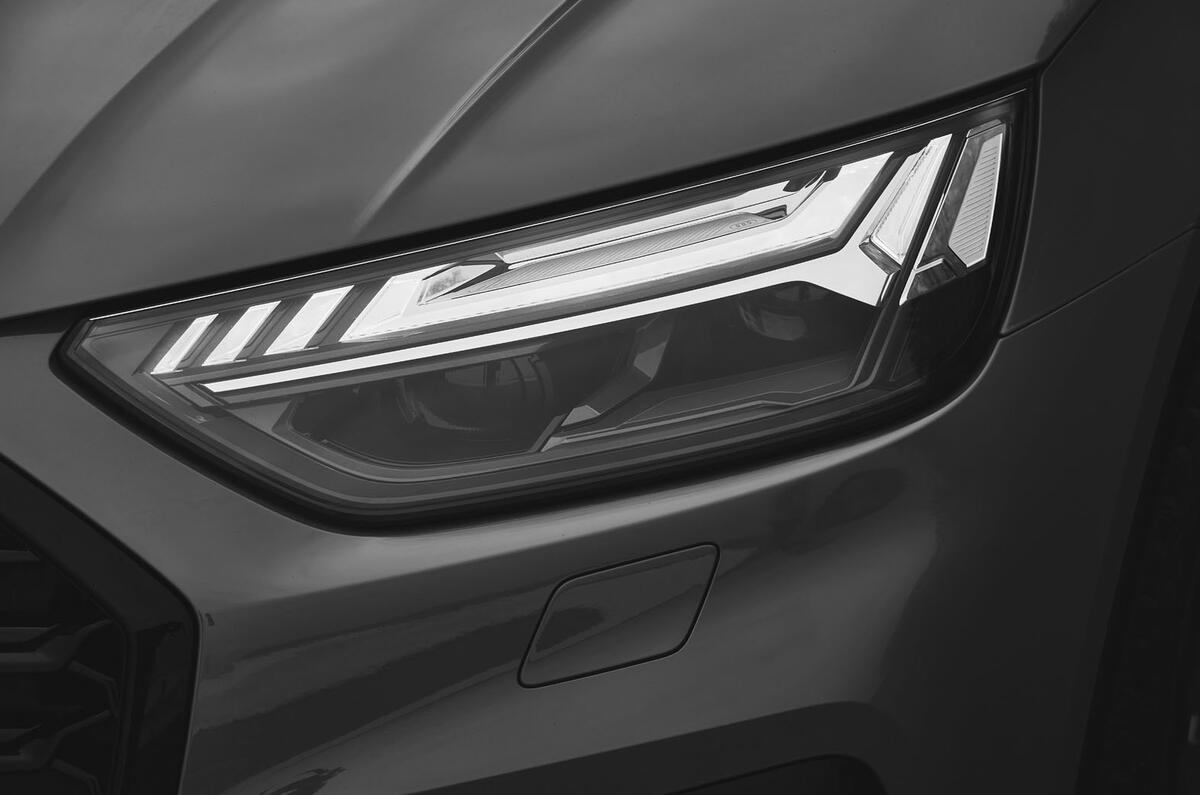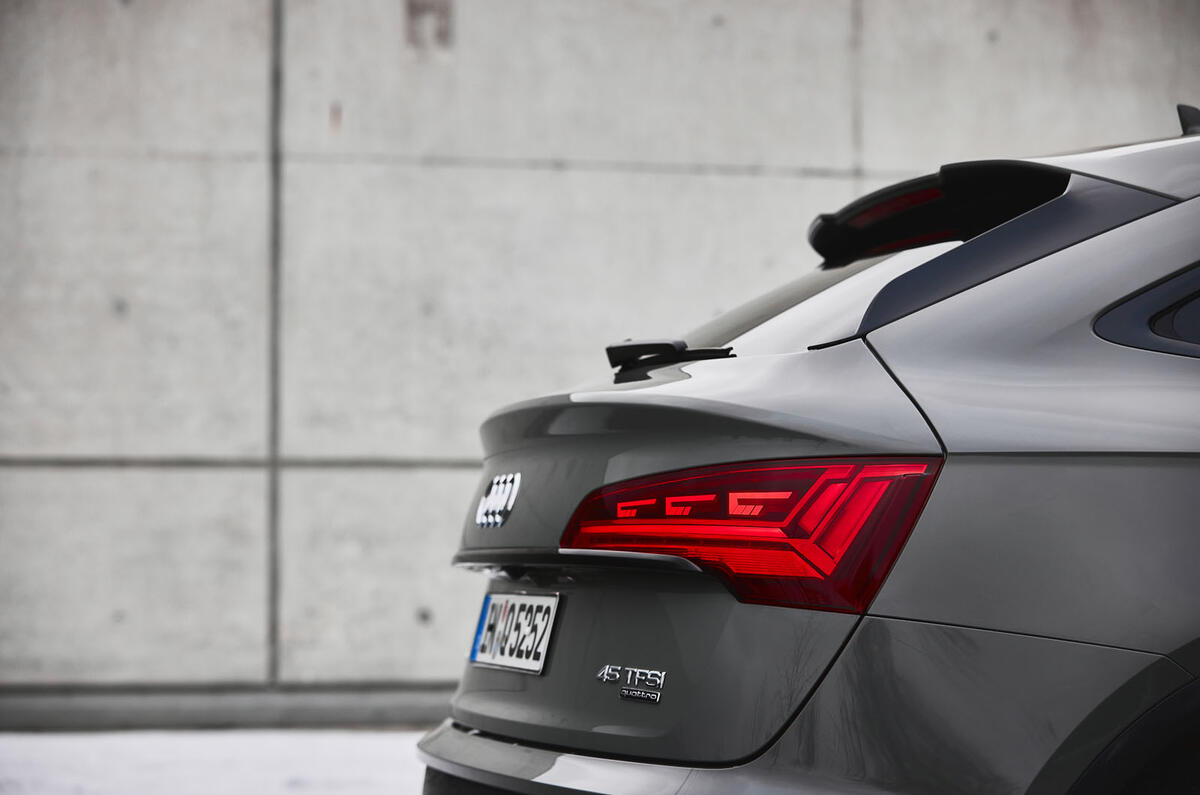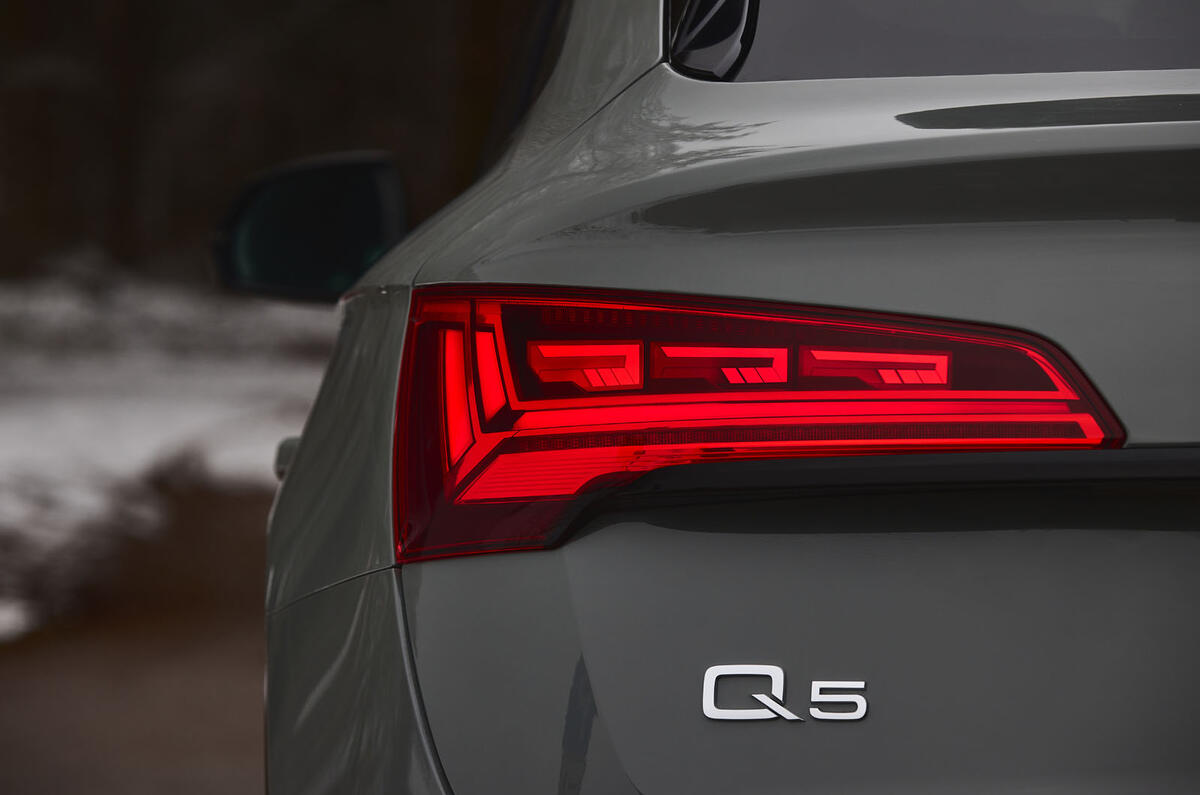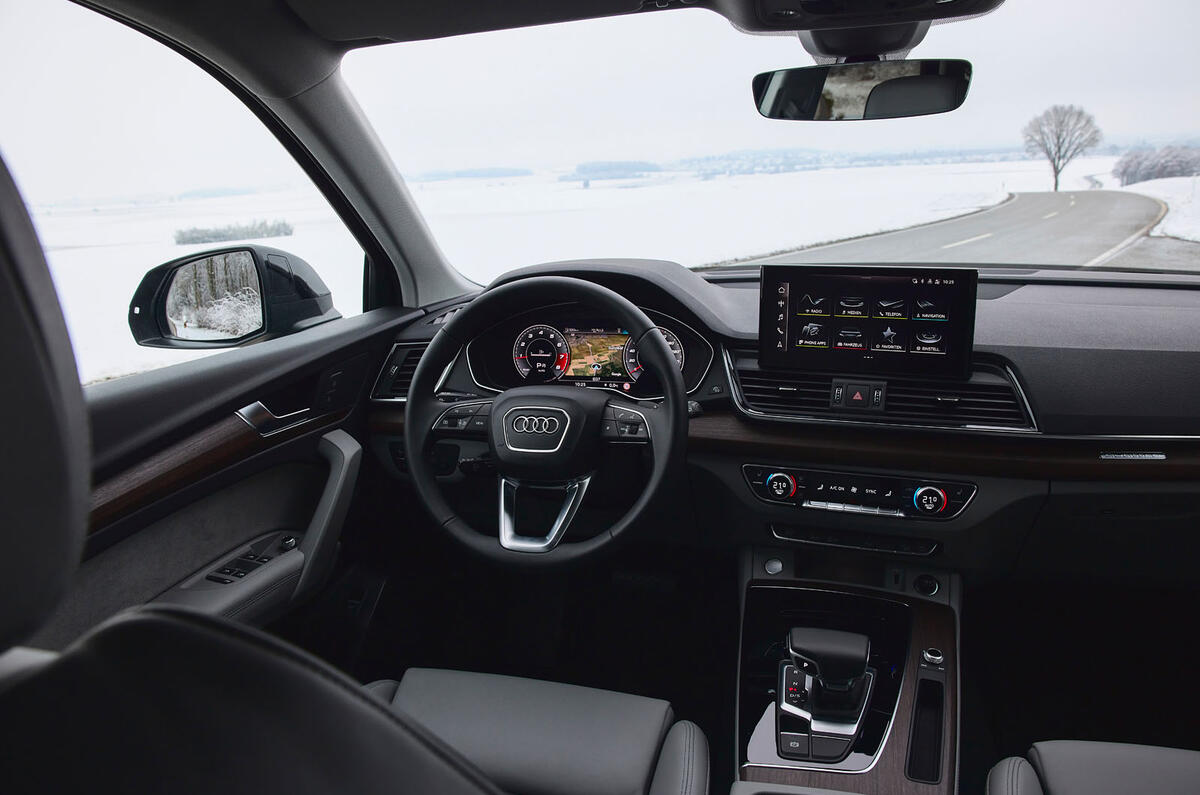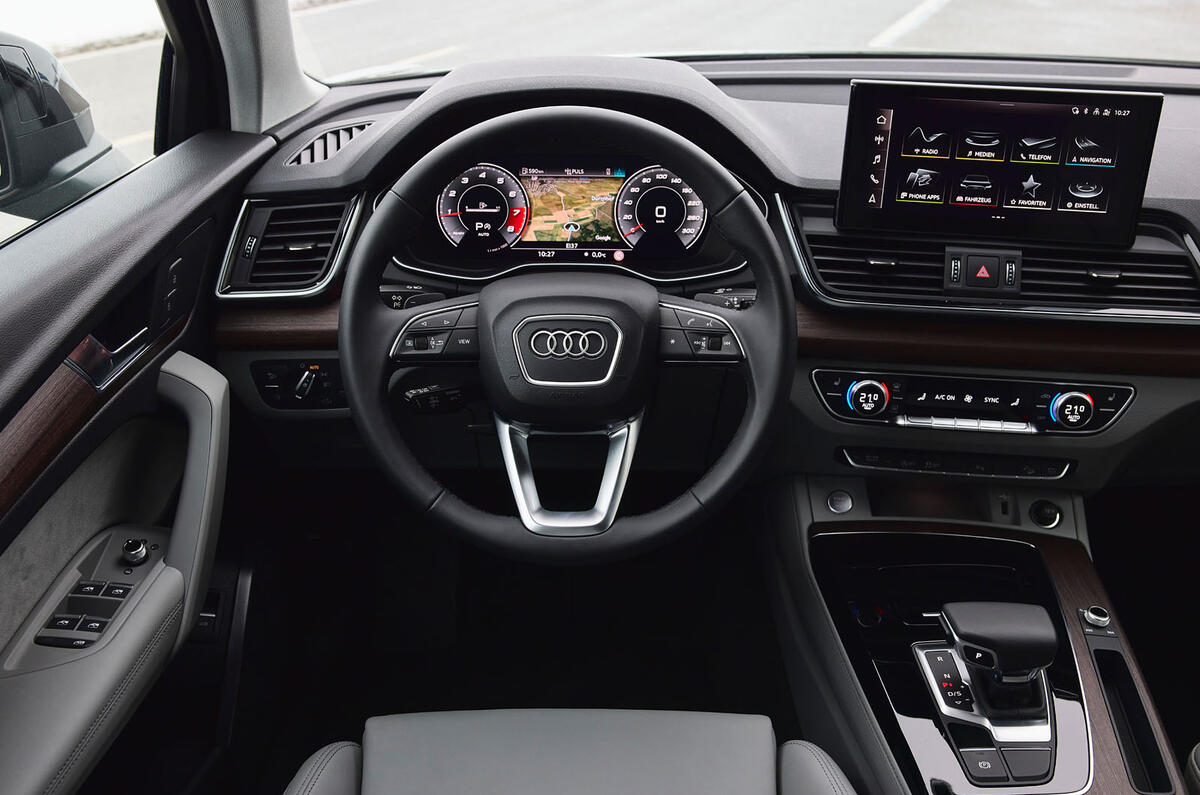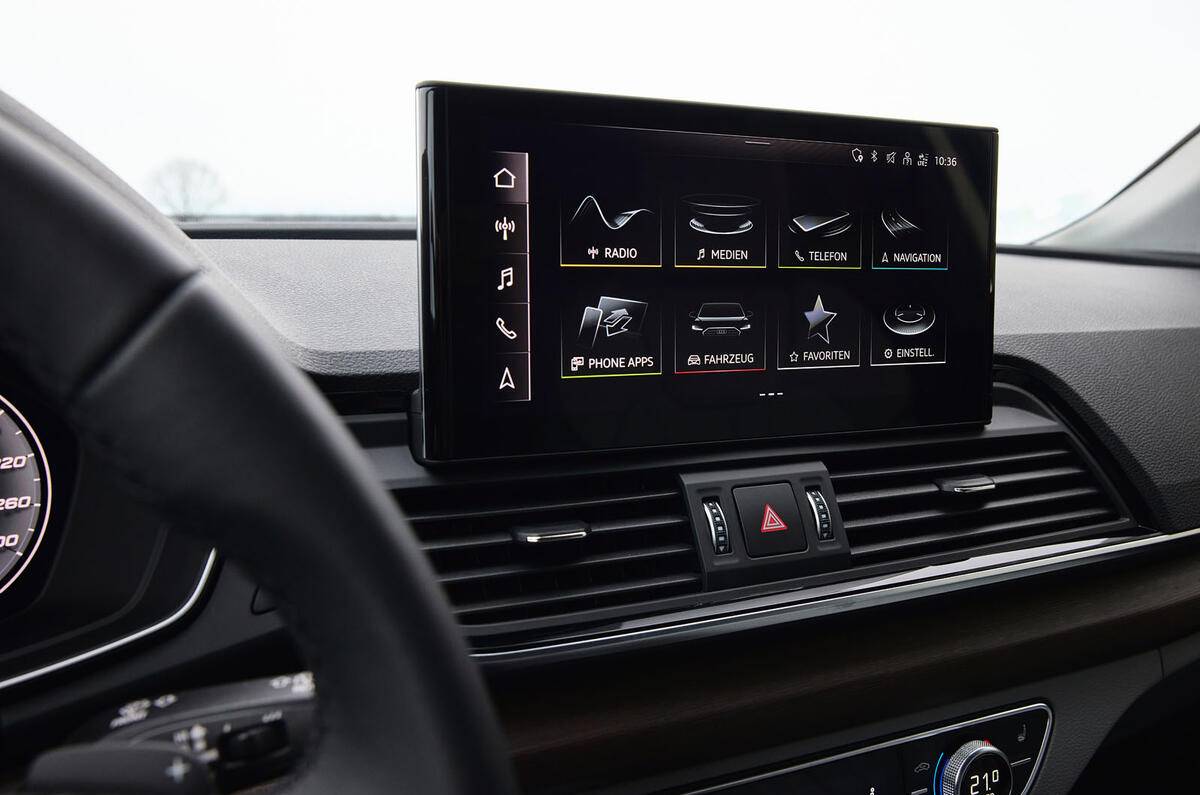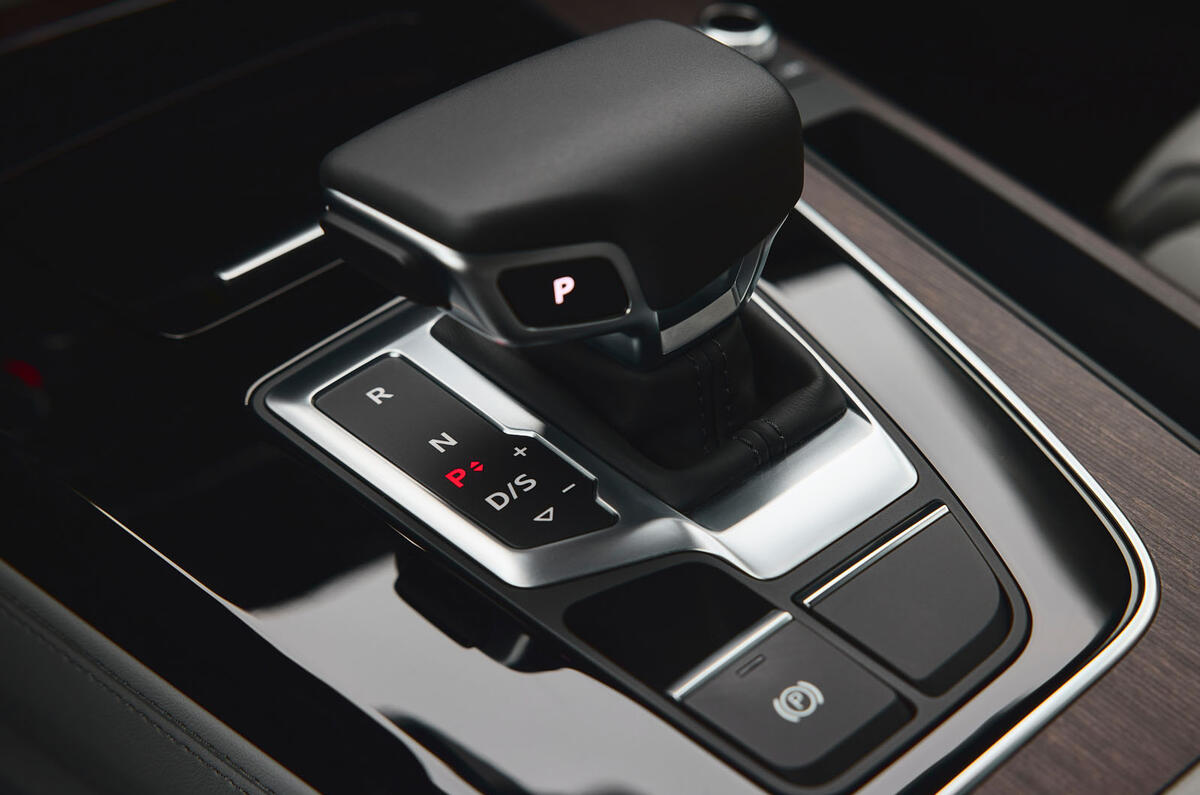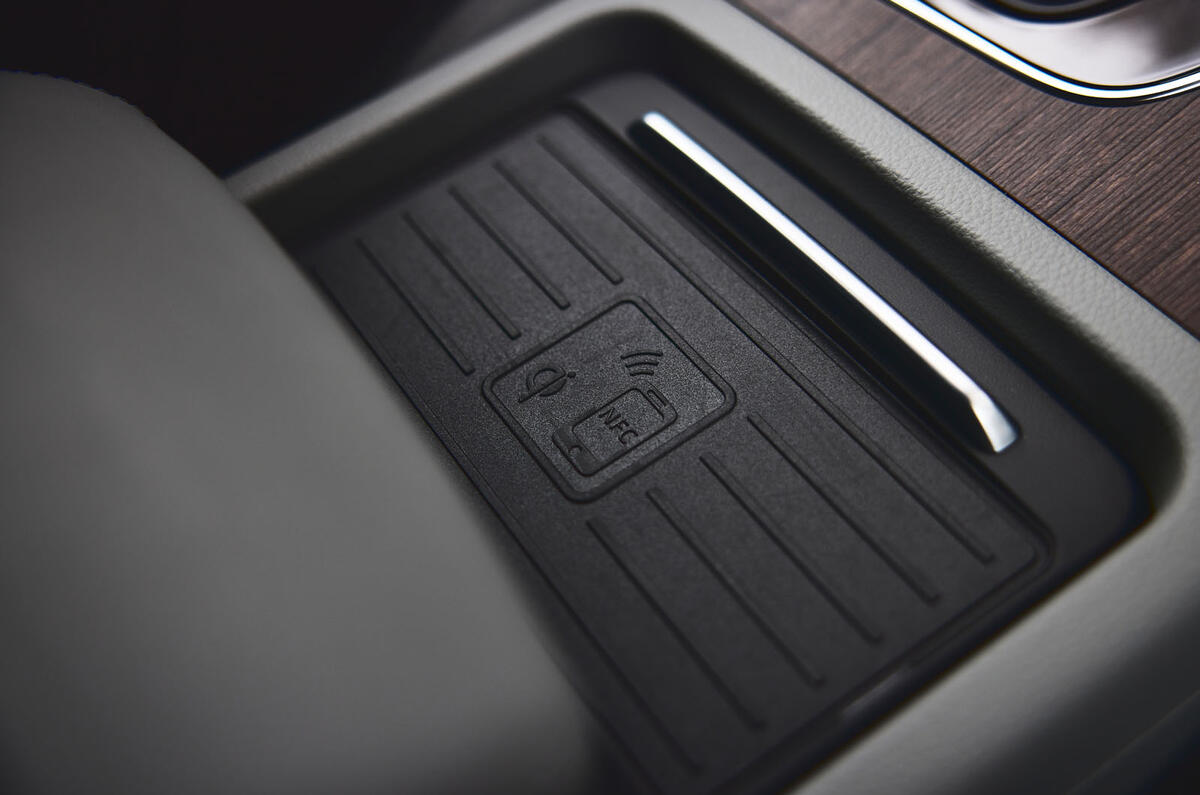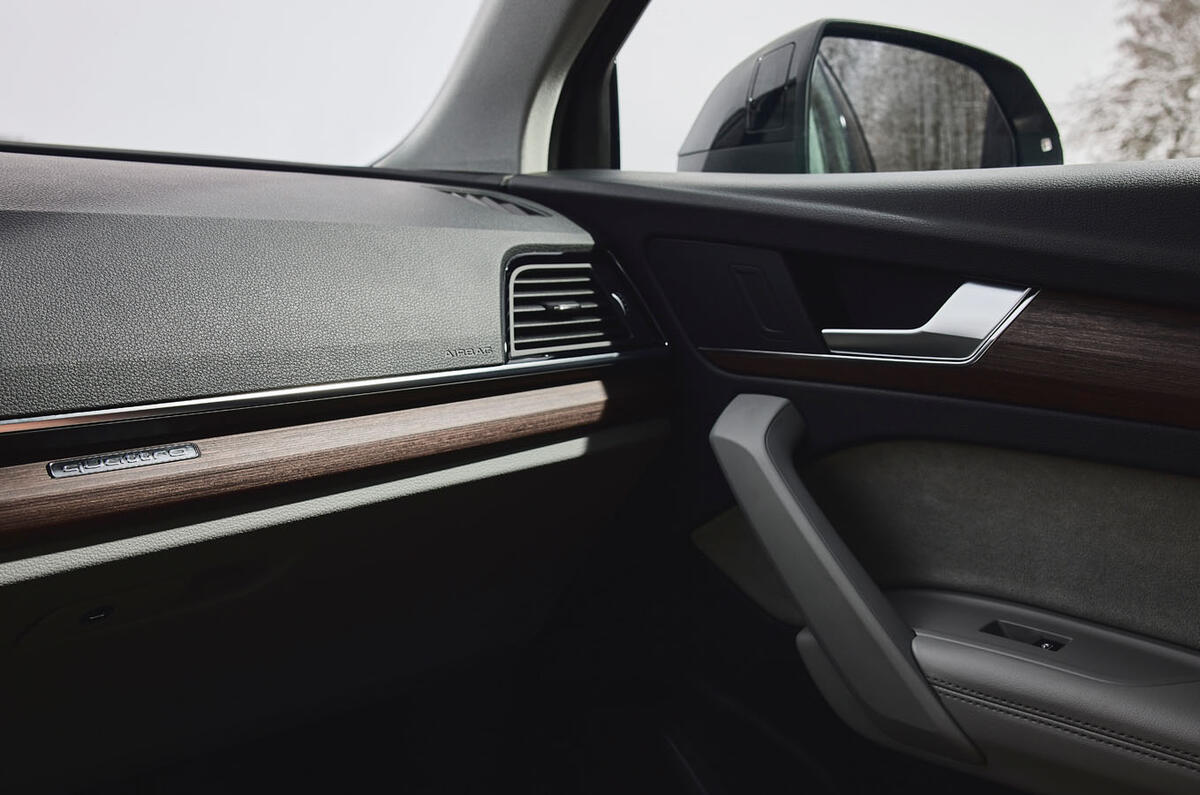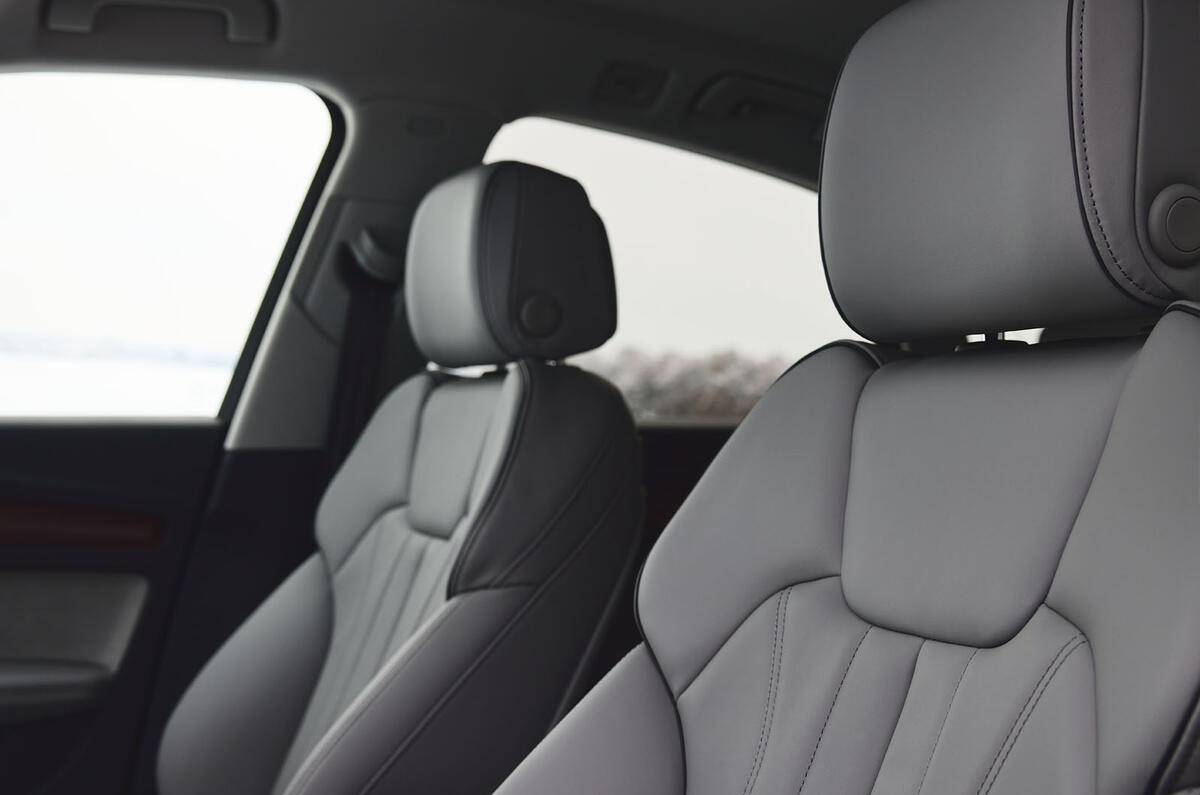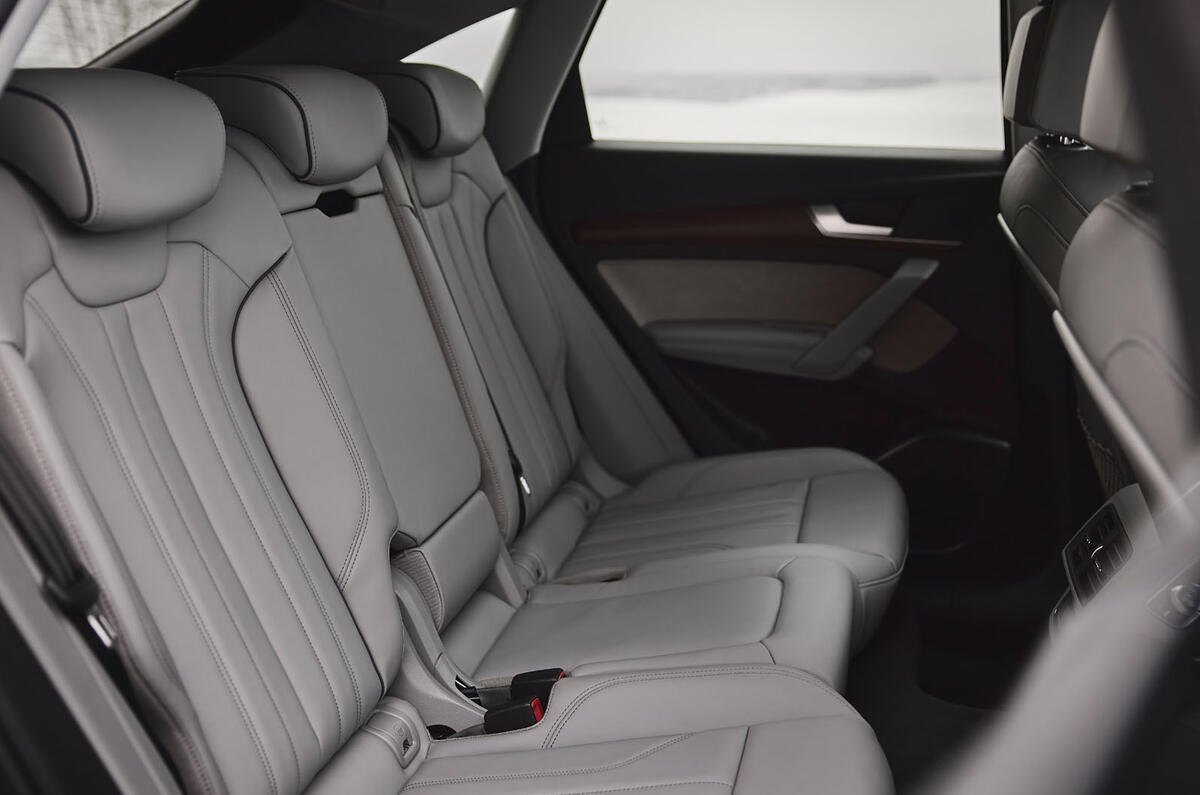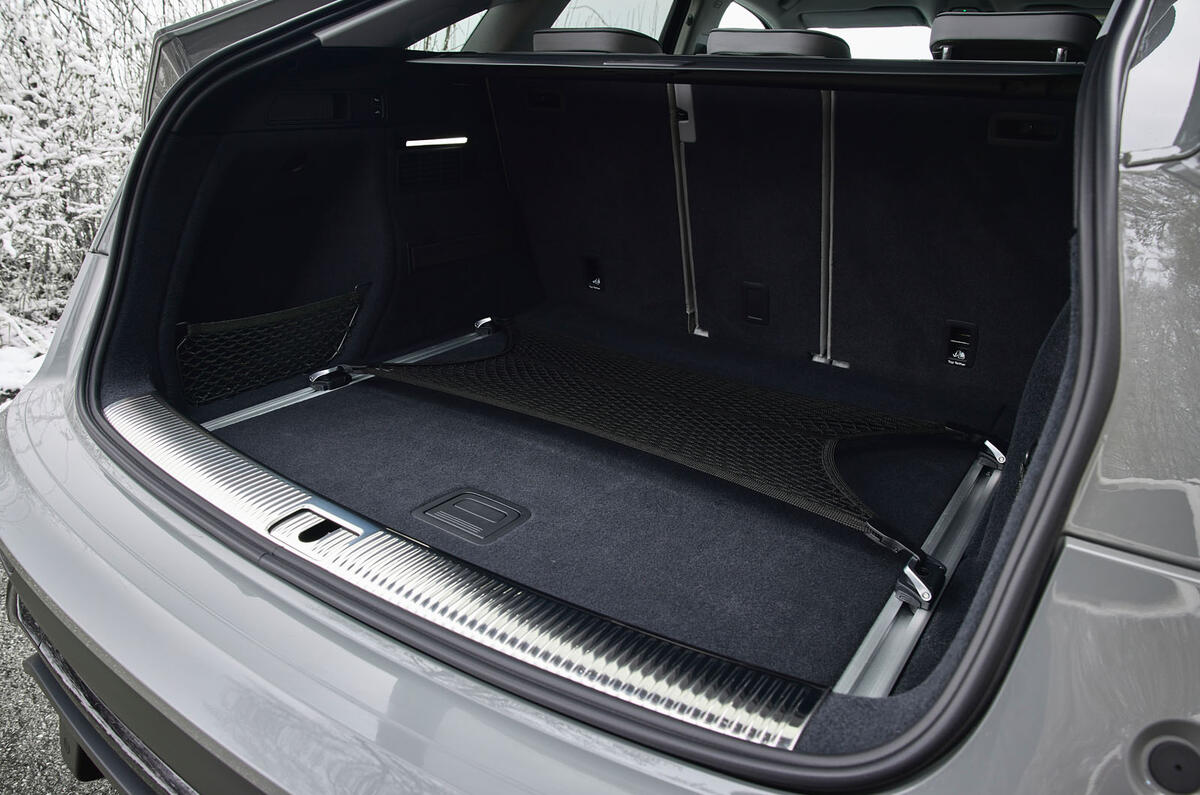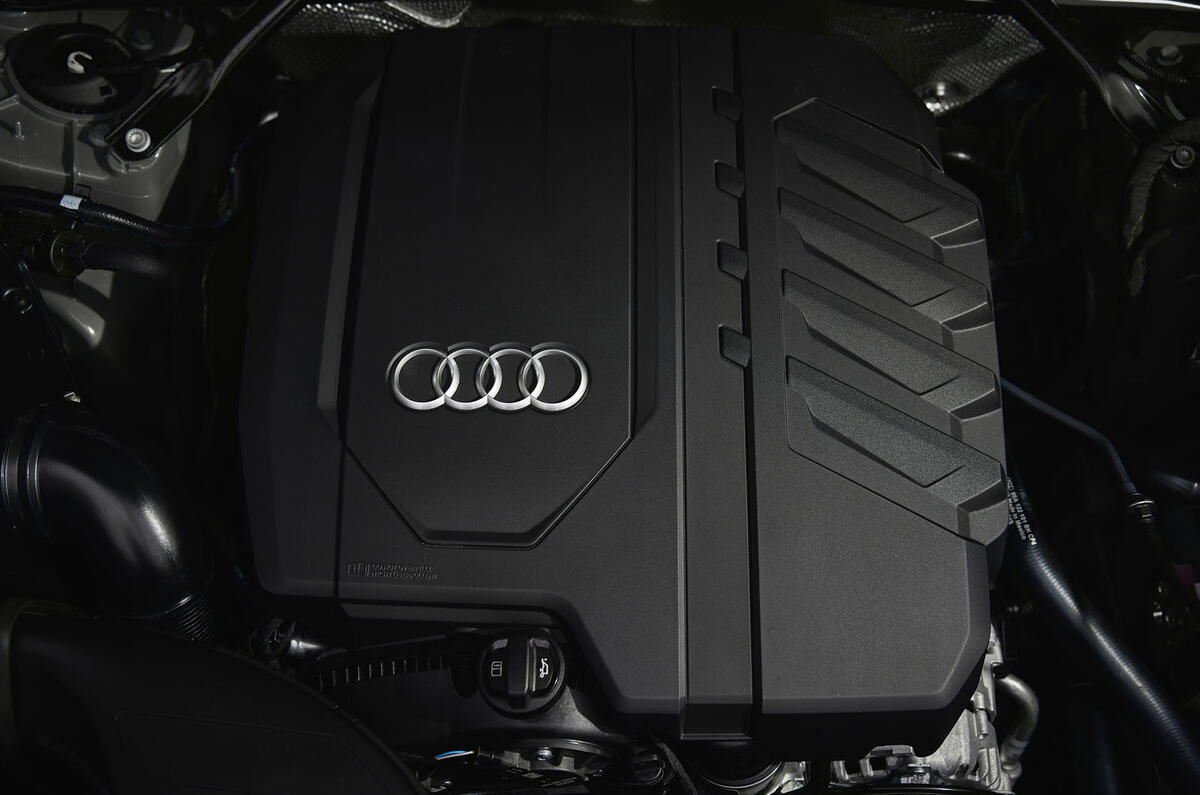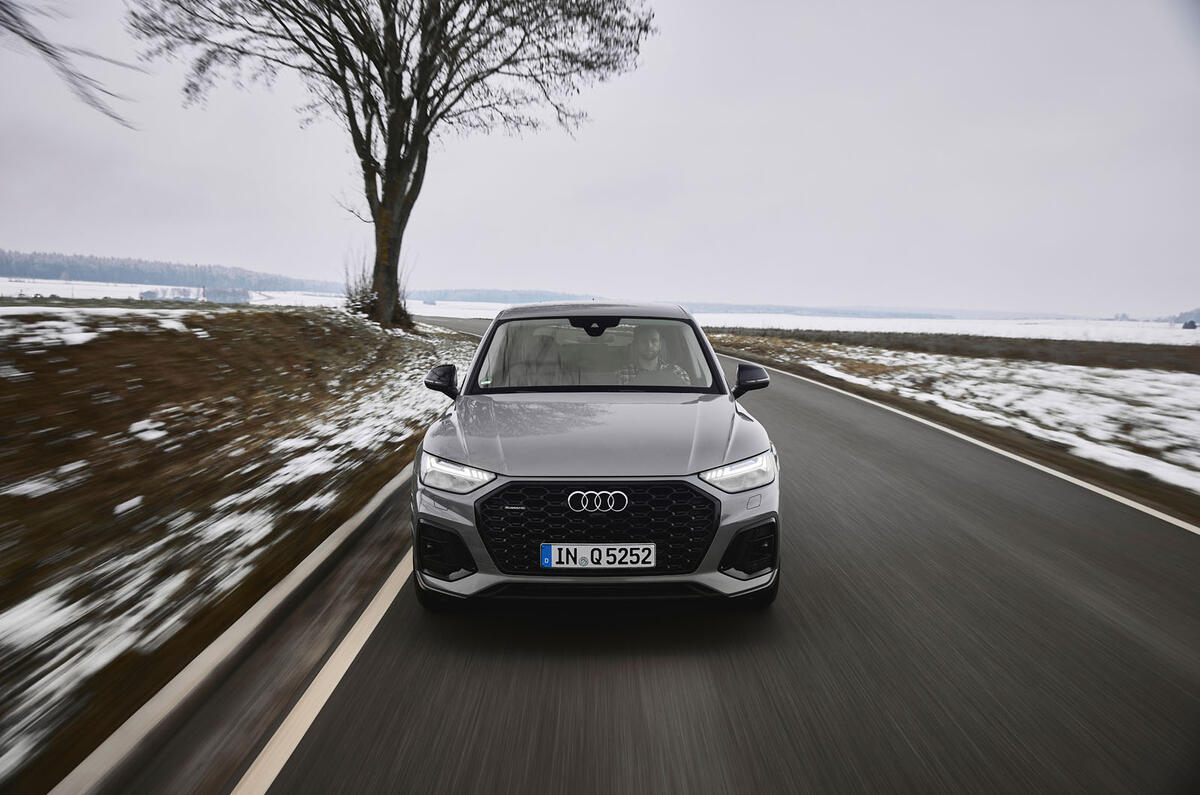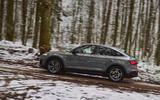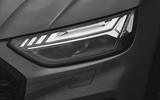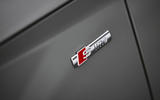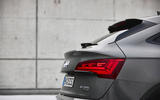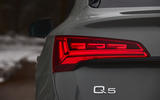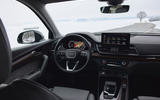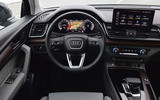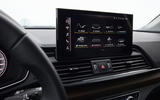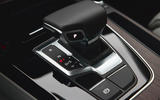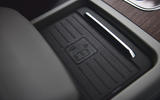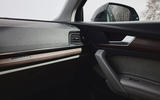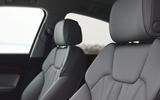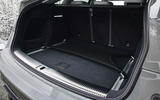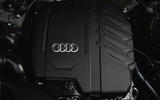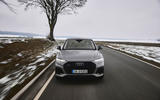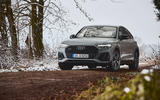The past decade or so has been a period of huge growth for Audi. Clearly central to this success has been Ingolstadt’s ability to turn out SUVs in all sizes and classes with a wide range of drivetrains and at a level of quality consummate with its premium brand positioning. Among it all, one model in particular has stood out: the Audi Q5.
Introduced in 2008, Audi ’s second dedicated SUV has regularly been among its three best-selling models. Even in the difficult sales conditions encountered last year, it still managed to pull in more than 130,000 sales worldwide.
Now, following the launch of the facelifted second-generation Audi Q5, a rakishly styled variant of the mid-sized SUV has arrived in the form of the new Audi Q5 Sportback. Produced at Audi’s newest manufacturing plant, in Mexico, it has been conceived to take on the likes of the BMW X4, Mercedes-Benz GLC Coupé and Range Rover Velar in a market niche that continues to grow in the UK as more and more buyers overlook traditional coupés in favour of style-led SUVs that offer more commanding seating and greater everyday practicality.
Audi is no stranger here, of course, with the Audi Q3 Sportback, Audi E-tron Sportback and Audi Q8 all adhering to the same formula. Taking the lead from these three existing SUVs, the Q5 Sportback borrows the front end styling of its long-established sibling and mates it with a new liftback style rear end that features a large, clamshell-style tailgate, giving it a distinctly more rakish appearance.


